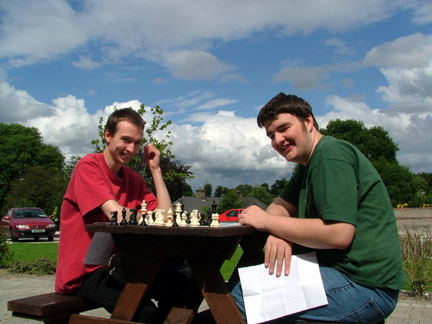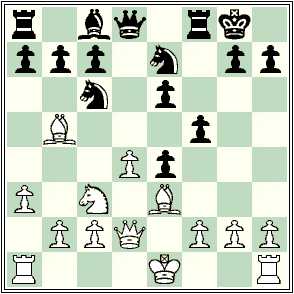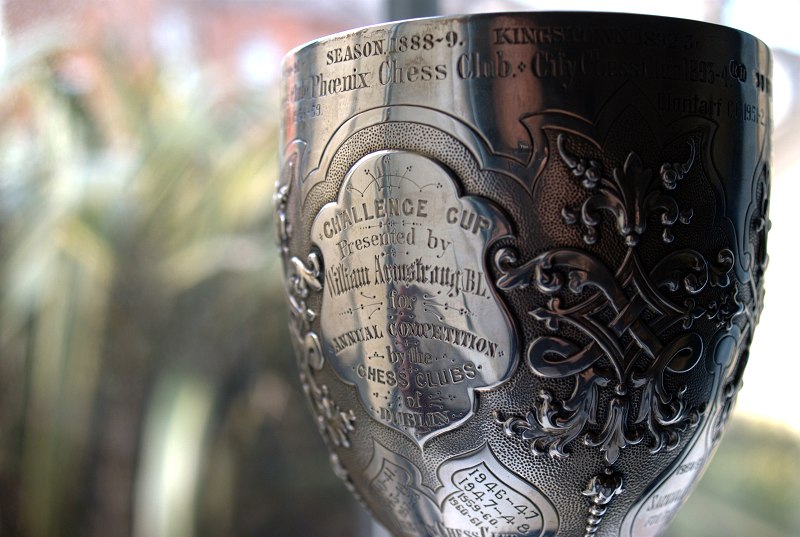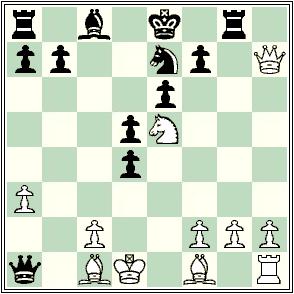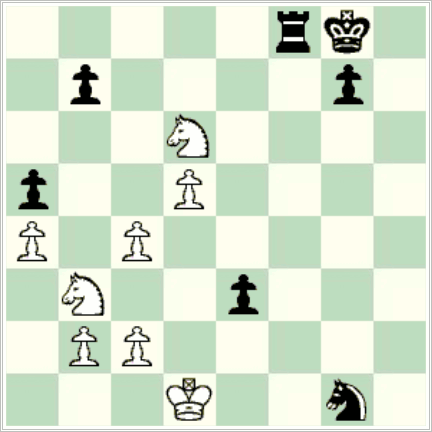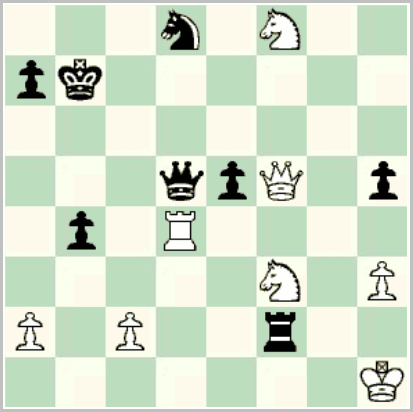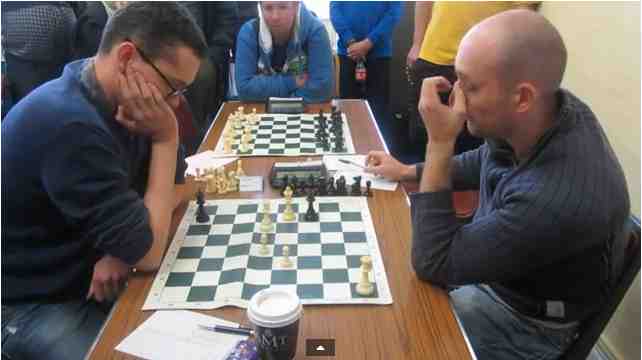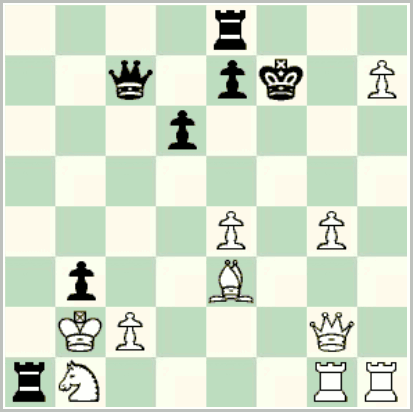This year’s Irish championship was the fourth ever held in Limerick, after the 1991, 2000, and 2004 championships: see David McAlister’s comprehensive compilation on his Irish Chess History web site.
The 2004 championship was notable as the first championship of the modern era to have an open format, with players of any nationality allowed to play, and the title of Irish champion going to the highest placed Irish player. (The entry form says that this was for the first time in the championship’s history: this is not accurate since the 1886 championship was explicitly open, and championships in the late 1950’s had more relaxed rules than today’s. But certainly it was a major departure from long-standing practice.)
All 90 games are available, and in addition we have the full set of bulletins provided at the time by Gerry Graham: these appeared on a predecessor of the current ICU site but weren’t ported over to the new site. These have been integrated into the full tournament report, now posted.
The tournament featured a great start from Karl McPhillips, who raced into a 4/4 lead, a full point clear of the field, but who stumbled with a winless 1½ out of the last 5. Defending champion Stephen Brady had a nightmare tournament by his standards (4 losses!). Instead Joe Ryan won his second title, after sharing first with Gawain Jones, then resident in Ennis and an up-and-coming FM, who thereby joined the list of players who finished equal first in an Irish championship but were never Irish champion (see also later information).
Gerry Graham’s long-lost report also contains several photos. Here’s one of Gawain Jones in a post-mortem discussion with Gordon Freeman of their last-round game:

